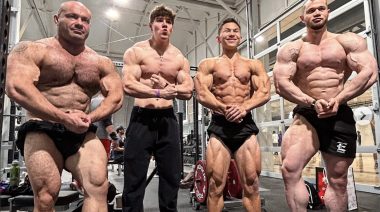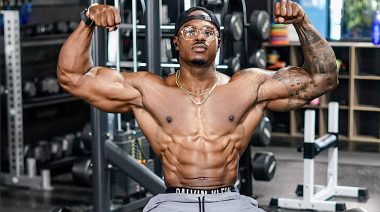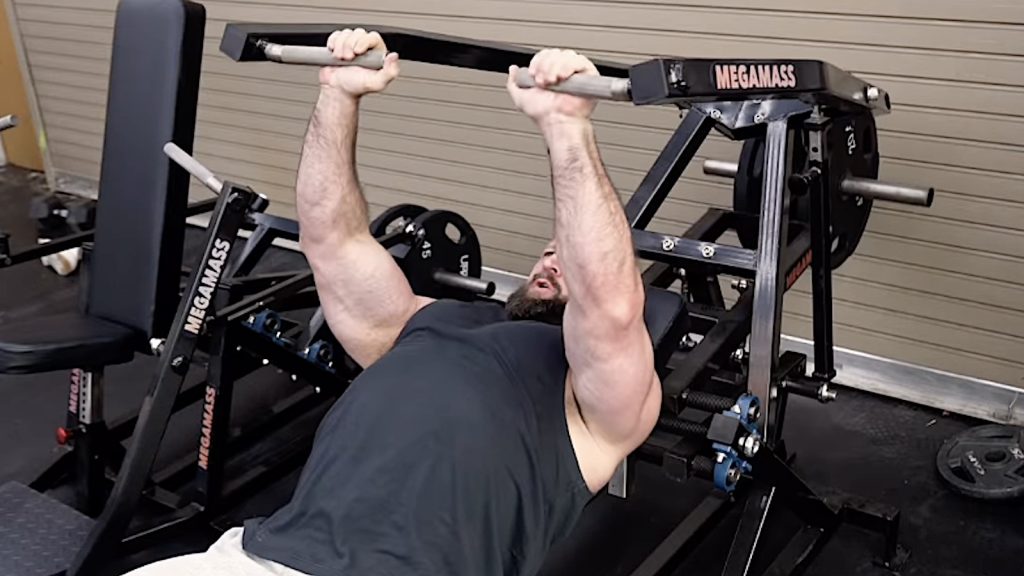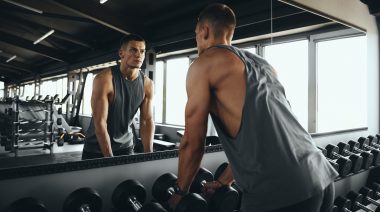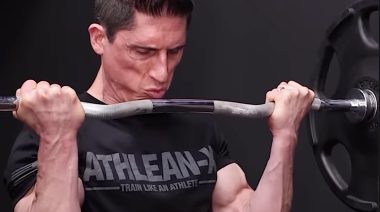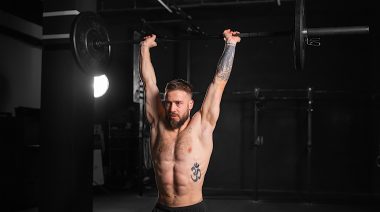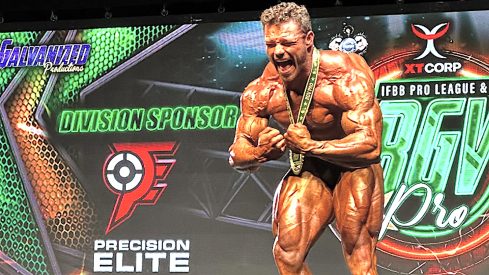Latest Bodybuilding News
-

2026 Olympia Qualification Points System Announced
The Olympia qualification process will evolve for the 2026 season. The IFBB Pro League announced a new points and qualification process for the biggest show in bodybuilding. The new rules can be seen below, as shared by the IFBB Pro League’s Instagram page: View this post on Instagram A post shared by IFBB Professional League (@ifbb_pro_league) Join the…
Top Athletes
Bodybuilding Guides
-
Your Upper Chest Isn’t Growing Because You’re Pressing at the Wrong Angle
In May 2025, hypertrophy specialist Ryan Humiston challenged long-standing upper chest training norms, rooted in anatomy and biomechanics. I’ve looked through all the research surrounding the upper pec, and I’ve realized we’ve been training our chest wrong. —Ryan Humiston The chest (pectoralis major) has three sections: Ryan Humiston’s Upper Chest Modifications Humiston critiqued the persistent belief that…
-
Why Andrew Jacked Trains Calves on Push Day
-
Abs Are Overrated — the Mirror Muscles You Must Train to Look Jacked
-
Train Past Failure for the Thickest Calves
-
Jeff Cavaliere’s 8 Most Effective Muscle-Building Exercises
-
Is the Overhead Press Worth It for Hypertrophy?
-
7 Fitness Myths That Could Be Sabotaging Your Goals
Bodybuilding Basics
What is Bodybuilding?
In the sport of bodybuilding, athletes compete to see who has the best physique. They are judged on their muscularity, level of conditioning (or leanness), muscular symmetry, and posing routines. Most of the work is done off stage, as competitors must train hard, eat clean 24/7, and follow a rigid supplement regimen to build a complete body.
There are two major bodybuilding organizations — the IFBB Pro League and the NPC (an amateur league). The NPC, which is where most bodybuilders start, offers eight divisions — three for men and five for women. For the men, they are Men’s Bodybuilding, Men’s Classic Physique, Men’s Physique. The women’s divisions include Women’s Physique, Fitness, Figure, Bikini, and wellness. In the bodybuilding category, there are also specific weight classes. They are:
- Bantamweight (up to 143.25 pounds)
- Lightweight (over 143.25 pounds and up to 154.25)
- Middleweight (over 154.25 pounds and up to 176.25)
- Light Heavyweight (over 176.25 pounds and up to 198.25)
- Heavyweight (over 198.25 pounds and up to 225.25)
- Super Heavyweight (over 225.25 pounds)
A typical bodybuilding show consists of four rounds— the symmetry round, the mandatory posing round, the free posing round, and the posedown. (Note: Each division is judged a little differently.) Here’s a breakdown of each stage.
Athletes will first complete a series of “relaxed” quarter-turns so the judges can compare their symmetry and conditioning. Then, they’ll complete the eight mandatory poses to demonstrate their size. Each athlete will then perform a rehearsed posing routine, about 90 seconds long. Finally, the top three to five competitors in each weight class will compete in a posedown, as the last chance to show the judges their best assets.
The eight mandatory poses include:
- Front Double Bicep
- Front Lat Spread
- Side Chest
- Side Tricep
- Rear Double Bicep
- Rear Lat Spread
- Abdominals and Thigh
- Most Muscular (men only)
More in Bodybuilding
-
No Bench? No Problem. Try Simeon Panda’s Chest Exercise Swaps
You’re in a crowded gym, every bench is taken, it’s chest day, and you feel like your chest pump hopes are vanquished. You don’t need a bench to build bigger, stronger pecs, though. Proper exercise swaps can get the job done. In late August 2025, bodybuilder Simeon Panda shared his favorite alternatives to presses and flyes for…



